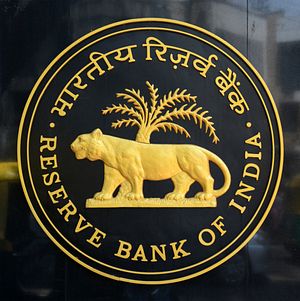For years it has been clear that India’s bankruptcy laws are in dire need of reform. Non-performing loans represent over 10 percent of assets in state banks, amounting to about $167 billion. The World Bank has estimated that it can take on average four years to settle bankruptcy disputes in India. Reforming the country’s broken banking sector was among the main economic pledges Narendra Modi made when he became prime minister in 2014.
The following year the Insolvency and Bankruptcy Code was drafted, although the bill faced strong opposition from wealthy and powerful Indian businessmen who in the past have benefited from India’s lack of adequate penalties for defaulting on loans. But public outrage over the struggle to recover the debts of the tycoon Vijay Mallya, combined with the central bank governor Raghuram Rajan’s lobbying for the proposed bankruptcy legislation, provided much of the impetus for its eventual enactment in May 2016. Mallya was declared a willful defaulter after refusing to repay over $1.3 billion to a syndicate of state-owned banks, despite having the capital and the assets to do so, following the collapse of his Kingfisher Airlines in 2012.
The new legislation has been lauded as one of the most significant achievements of Modi’s term in office and Rajan’s tenure as governor of the Reserve Bank of India (RBI). It introduced a number of measures to make the recovery and defaulting processes faster and more transparent. These include the creation of an Insolvency and Bankruptcy Board to act as a regulator for agencies tasked with facilitating insolvency resolution and the identification of serial defaulters; the use of professionals specializing in rebuilding failing companies; a 270-day time limit for companies to be turned around before they are liquidated; and a new provision for employees who are not receiving wages to force their company into bankruptcy. These measures supplement the National Company Law Tribunal, which adjudicates insolvency cases, and the Debt Recovery Tribunal, which enforces them.
But fears that the government may not be fully committed to implementing the new bankruptcy law and other bank-related reforms were raised last month when it emerged that Rajan’s term would not be extended come September. A former IMF chief economist who was elected RBI chief in 2013, Rajan has instilled confidence in international investors by halving inflation, stabilizing the rupee, strongly advocating the overhaul of India’s banking system, and remaining fiercely independent of the government.
However, his independence and outspoken style appears to have led to his downfall. Rajan will be the first RBI governor since 1992 not to have his term extended by two years. Tensions between him and the ruling BJP, stemming from his low-inflation policy and former links with the Congress Party, have become increasingly evident in the past few months, leading many to believe that he has been forced out of office. Modi and his government have failed to defend the governor in the face of fierce criticism from BJP politicians. Some have also speculated that Modi views Rajan as a threat to his authority because of his international clout.
The removal of such a central figure in India’s banking sector has raised suspicions that Modi is more concerned about his own political fortunes than potentially tricky reforms. Since Rajan’s exit was announced, there has been speculation that Modi’s economic policies will become more focused on populist measures, such as boosting employment, than those likely to ruffle big business. But stalling on the implementation of the bankruptcy law and other such reforms is likely to undermine investor confidence and alienate voters.
From the public outcry over the Mallya case, it is clear that Indians are fed up with the state having to bear the burden of wealthy businessmen’s defaults. India is currently ranked 136th out of 189 on the World Bank’s “ease of doing business” index. Without pushing forward on banking reforms, the country has little hope of improving its position on the international business stage.
Isabel Stoker is an analyst at Alaco, a business intelligence consultancy.

































